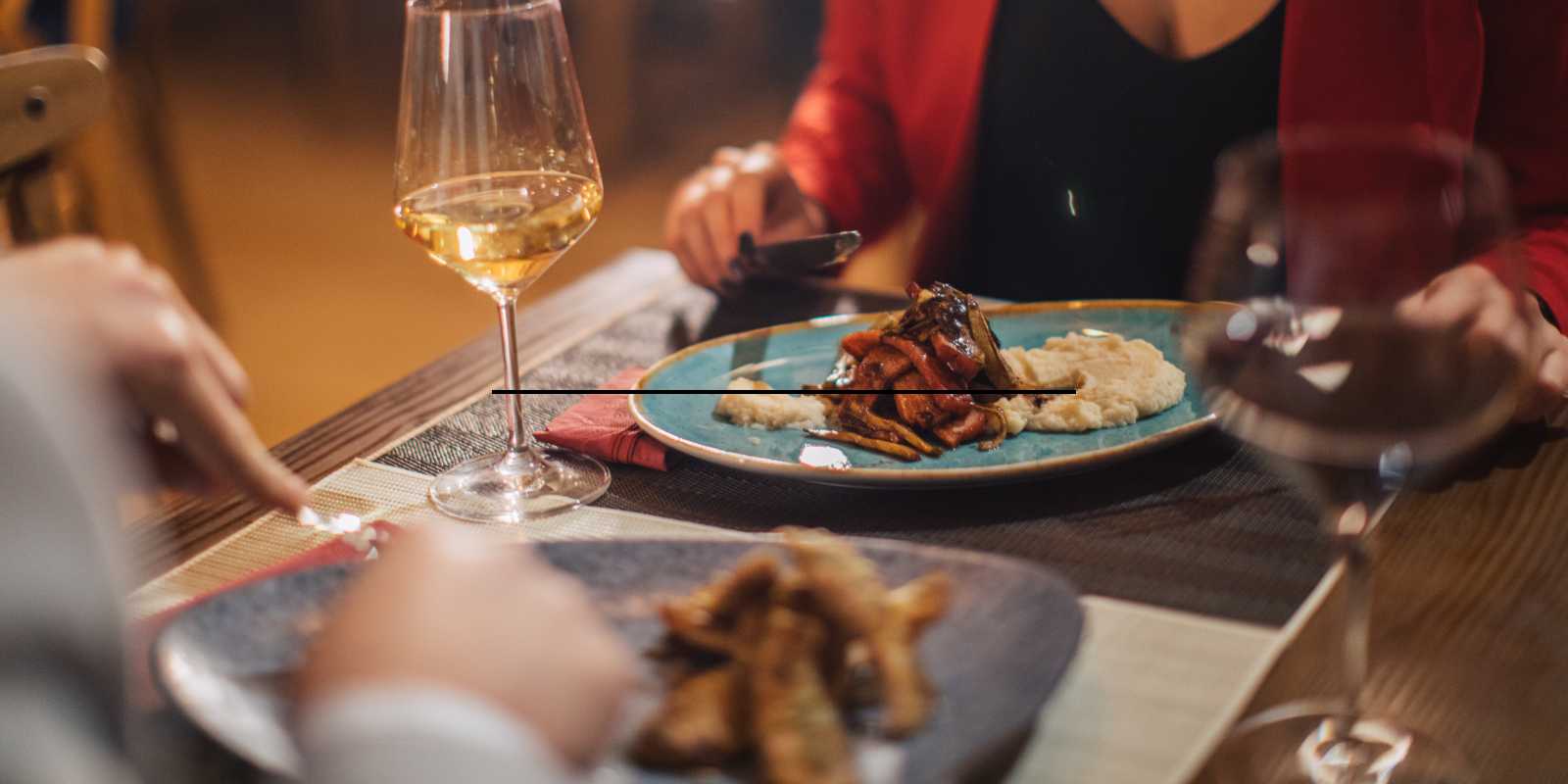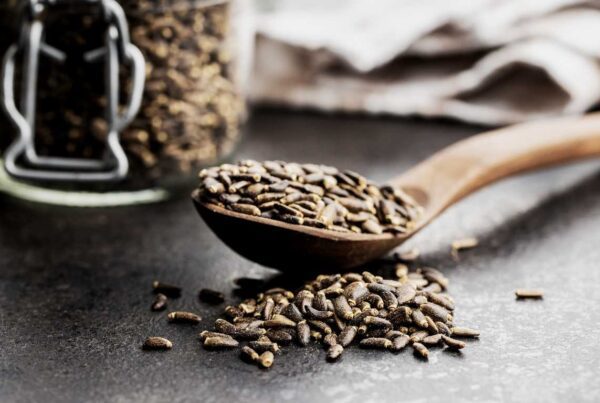Eating at restaurants can be a great way to enjoy a delicious meal and spend time with friends and family. However, it can also lead to the development of bad habits that can negatively impact your health. As a busy, single, empty-nester healthcare entrepreneur with an active social life, it’s only natural that I eat out in restaurants a lot. I mean, A LOT.
Many years ago, I was the CEO of a hospital and I looked at my calendar and realized that I had eaten in a restaurant 20 out of 21 meals one week! That also meant that I wasn’t working out or running. I simply didn’t have the time. And the net result showed. I gained 50 pounds in a short time, my blood pressure soared (it didn’t help to have to commute over an hour each way), and I felt miserable.
I have noticed a few things in my years of eating out in restaurants. In this blog, we will discuss four common bad habits from restaurant eating and provide tips on how to address them.
Bad Habit #1: Eating My Entire “Large-Portion” Plate
Let’s face it, the portions are huge. Way too much food for one person. Almost always. I always wondered if that was because you can’t go back for seconds like you might at home.
I noticed the plates always seemed bigger than my dinner plate at home. Mexican restaurants are classic examples. Fajitas typically have two plates, plus a third for tortillas. Try putting all of that on one plate at home!
The portion sizes in American restaurants have been increasing over the past few decades. According to a study published in the Journal of the Academy of Nutrition and Dietetics, portion sizes in American restaurants have increased by as much as 137% since the 1950s.
And what about the calories? Another study conducted by the Center for Science in the Public Interest found that the average restaurant meal contains more than 1,500 calories, which is well above the recommended daily intake for an adult. 1,500 for one meal is huge and that’s just dinner, that doesn’t include breakfast or lunch. Over a long period of time that adds up.
I almost never finish everything on my plate. There always seems to be a box of leftovers coming home (sometimes to find it on the backseat of my car the next morning). The portions are just enormous. I find this especially true with a lot of Italian restaurants. Mangia!
Bad Habit #2: Bread Rolls Galore
How can you resist the bread rolls?
Stuffing your face with bread rolls at restaurants can be a guilty pleasure that’s hard to resist. There’s just something about those warm, pillowy, freshly baked rolls that makes them so irresistible. You might start off telling yourself that you’ll just have one or two, but before you know it, you’ve eaten half the basket. And if they come with a side of butter or olive oil, forget about it – you’re in trouble. I sometimes feel a little embarrassed when the server comes to take my order and I’m already full from all that bread, but hey, who can blame you? Those rolls are just too good to pass up. Just be careful not to spoil your appetite for the main course!
But there’s almost always bread on the table. (When do you do that at home?) And I love freshly baked bread, bread rolls, and even tortilla chips. Multi-grain bread. Butter (everything is better with butter). Yummy…..But how do you spell carbohydrates! The garlic butter rolls at Stoney River are a favorite. One has to have a waffle at Waffle House, right?
Regardless, if you’re like me and stuff your face with bread rolls, you consume a lot of calories before the main course. On average, a single restaurant bread roll can contain anywhere from 100 to 300 calories, with some rolls containing even more than that. This might not seem like a lot, but if you end up eating several rolls over the course of a meal, the calories can really add up. It’s also worth noting that many bread rolls are high in carbohydrates and low in protein and fiber, so they may not be the most filling or nutritious option.
Bad Habit #3: Pass the Salt
Some chefs have a heavy hand with the salt shaker. It has become really noticeable as I age when I find that the next morning I am swollen up.
Excessive salt consumption is a common issue in the Western diet. Many people consume far more salt than they realize, due to the high salt content of processed foods and restaurant dishes. When chefs use too much salt in their cooking, it not only affects the flavor of the food, but it can also have negative health effects. High sodium intake has been linked to a number of health problems, including high blood pressure, heart disease, and stroke. In addition, too much salt can cause water retention in the body, which can lead to bloating and puffiness, as the original statement suggested.
The issue with salt in restaurant dishes is particularly challenging for those who are trying to watch their sodium intake. It’s difficult to know exactly how much salt is being added to each dish, as chefs often season to taste and don’t necessarily measure out exact amounts. However, there are some strategies that can be used to reduce salt intake when dining out.
The good news is, there are things you can do to keep your salt intake in check. I have found a couple of secrets to eating successfully in the restaurant world. First, when appropriate, I will share a plate with my guest. Instantly, my intake is cut in half, and with it the calories, the salt, and the like.
Another secret is to get “small plates.” I love Spanish Tapas restaurants. And I find that getting a couple of small plates (and sharing them), helps me consume smaller portions of food, plus I enjoy the flavors a lot more.
At breakfast, I find that substituting fruit for, say, potatoes makes a lot of sense. A whole lot less salt, right?
I try to stay away from buffets. The last time I was at a breakfast buffet, I realized that the huge scoop of scrambled eggs on my plate was probably 5-6 eggs. And five strips of bacon? And a couple of sausages? Add hashbrowns. And that is just the first plate! I had more breakfast in one day than I would have in one week. Why take so much? I have to get my money’s worth, right? It’s like golf. The more shots I take the less cost per shot. It’s a confusing game!
For years, I would normally get a cola or some sort of caffeinated soda for lunch. Today, I get (un)sweet tea normally, which gives me a little “pick me up” without all of the sugar and calories. Adding lemon is also a great way to add taste; it is a diuretic. That is a two-time winner there!
What are your secrets to surviving and enjoying restaurant eating?
Keith Bolton is a healthcare executive and Co-Founder of Contours, LLC.






